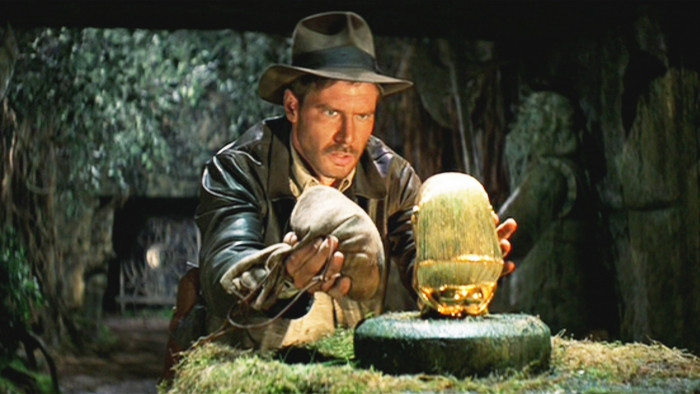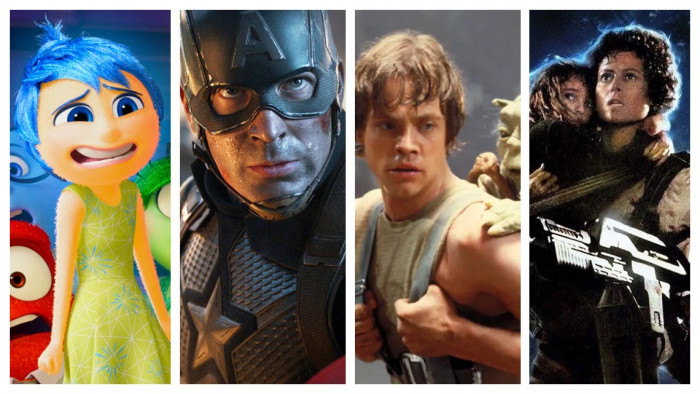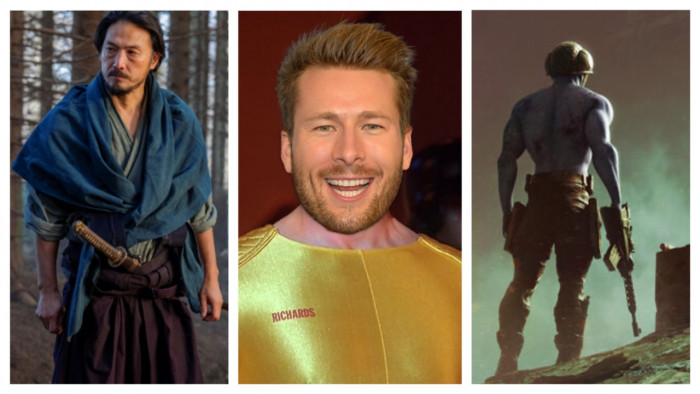Ahead of 12 Years A Slave, director Steve McQueen talks to Andrew Lowry about creating the most uncompromising and important film of the modern era
“I didn’t want to hover around the edges. I wanted to deal head-on with what went on on those plantations. That’s how people existed. The only way to do that was to go straight into the heart of it.”
Steve McQueen, it’s safe to say, does not mess around. We’re talking about 12 Years A Slave, the 44-year-old British artist-turned-film director’s third film, after the award-gobbling Hunger and Shame. If this film doesn’t follow suit come the Oscars, Baftas and Golden Globes, a lot of hats will be gobbled, too.
It’s the true story of Solomon Northup, a free black man living in New York State in 1841, who is kidnapped and sold into slavery for more than a decade. Powerfully played by Chiwetel Ejiofor, he’s an unforgettable character, struggling to maintain a shred of dignity and agonising over every compromise he must make to survive.
It’s a rare piece of work, not just in the sense that there aren’t many films that look straight on at the nightmarish reality of US slavery from the slaves’ point of view; few films, too, arrive trailing such outpourings of critical joy. Right from its premiere at the Telluride Film Festival late this summer, almost all who’ve seen it have hailed it as a bona fide masterpiece, a film for the ages that penetrates to the core of the madness of owning human beings as property.
And McQueen’s right – there’s no dancing round the edges. Innocent people are beaten, flogged, tortured, hanged and murdered, while the thousand other abuses – big and small, physical and mental – produced by a system of such inhuman cruelty, are detailed by McQueen’s controlled and unflinching camera. Instead of the speechifying that has characterised so many existing films about slavery, you’re left with the cold feeling that this is what life was like for millions of unremembered people – and it wasn’t that long ago.
Heat and horror
Northup’s story is astonishing, but was not well known before the film – so how did McQueen find it?
“I had this idea of a free man being kidnapped into slavery,” he says. “My wife, who’s a historian, suggested I look into true accounts of slavery. She found this book, and as soon as she put it into my hand, that was it. I think sometimes you can be a magnet, and having that idea, then having that book in my hand – it was like having the full script just handed to me. It was amazing.”
Finding the book is one thing, getting it on to film is quite another. Believe it or not, film studios in the US don’t exactly queue up to produce films about one of their country’s most shameful periods. Enter Brad Pitt, in the form of his production company, Plan B.
“I don’t think the film would have happened without Brad,” says McQueen. “As you’d imagine with somebody who’s had a career like his, his influence means a lot. So he became our producer – and he’s also a good actor, which was handy.”
Pitt shows up late in the film as a Canadian labourer who helps Northup – it’s a telling example of how grim things get in 12 Years A Slave that when the guy who played Tyler Durden in Fight Club shows up, you want to hug him. And this grimness has to be seen to be believed (you really must see it). How did McQueen go about staging the horror?
“I don’t storyboard, I find it,” he says. “Of course, we have some ideas before, but when we get to the locations they can be totally different to how we imagined them months before. Rooms are bigger, there’s a tree you don’t expect. And it’s bloody boiling hot in Louisiana. Crazy high humidity. We shot in the actual locations where these things happened, so you find it as you work.”
And what he found is quite something, be it in the quiet anger of a shot where McQueen tilts pointedly from a slave processing house to Capitol Hill, to the shocking sequence where Northup is near-hanged and can barely keep himself standing and alive – while children play in the background.
In one central scene, Michael Fassbender’s deranged slave-owner Edwin Epps forces Northup to flog Patsey, a fellow slave Epps is in a sadistic kind of love with. Shot in one of McQueen’s trademark unbroken long takes (think the debate in Hunger or Fassbender’s jog in Shame), it’s mesmerising – provoking pure revulsion even while you exalt in the quality of the filmmaking.
“The images don’t divorce themselves from the narrative, it’s about the scene,” says McQueen. “In that scene, I didn’t put any cuts in it because I wanted to hold the tension, have it be the climax, to some extent, of Solomon’s journey. He knows the situation with Epps and Patsey, and all those cards come together. I wanted to have the sensation of real time, so the audience was in it and wouldn’t have any release. I wanted to keep the pressure, to keep people on their toes and keep people present. So when we cut to the wounds on Patsey’s back, it hits you in the face.”
Monster movie
This must have affected the actors. Ejiofor and Fassbender are giving it their all, and they’re more than matched by remarkable newcomer Lupita Nyong’o as Patsey, but it’s hard to imagine McQueen calling cut and everybody enjoying a relaxing lunch after shooting a 15-minute flogging scene.
“It starts with the catering, the camera department, wardrobe, sound – the whole crew,” says McQueen. ”You make this family of people, so when the actors come on set they understand they’re in a safe environment and they’re free to experiment. To fail, and then fail better. When we’re together and there’s none of this movie star nonsense, when we’re together as a team, you have this wonderful environment where you can do these things and come out OK the other end. It’s very, very important when you go to these places you do it as a team – as ‘we’, not as ‘I’.”
The film is also notable for looking at the differing psychologies of all involved – from stoic resistance or total collapse in the slaves themselves, to the various positions of the slave-owners. There’s Benedict Cumberbatch’s well-meaning but complacent and ineffective plantation owner, alongside the more outrageous actions of Paul Dano as his foreman and Fassbender as a later owner, who’s either drunk or committing some petty abuse (or both). However, McQueen doesn’t view them as total monsters.
“I don’t think they’re monstrous characters – I think they’re us,” he says. “Their actions are pretty horrible, but you start from a place of ‘Why? Who are these people?’ Epps is in love with Patsey and can’t understand why he, as a white slave-owner, is in love with a slave. He tries to destroy his love for her by trying to destroy her physically. You have to give these characters a soul, rather than just hooliganism. It’s how you treat people that manifests what you are. We can’t divorce ourselves from what the world is like – we like to think we’re always moral and always kind, but we’re not. It’d be nice if we could all hold hands, but life’s not like that.”
Like we said, Steve McQueen does not mess around.
12 Years A Slave is at cinemas nationwide from 10 January
(Images: Rex/David Lynch/PA/All Entertainment One)
Latest
Related Reviews and Shortlists


The 10 best war movies of the 21st century









